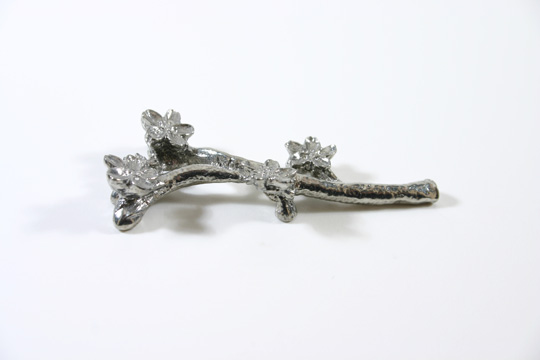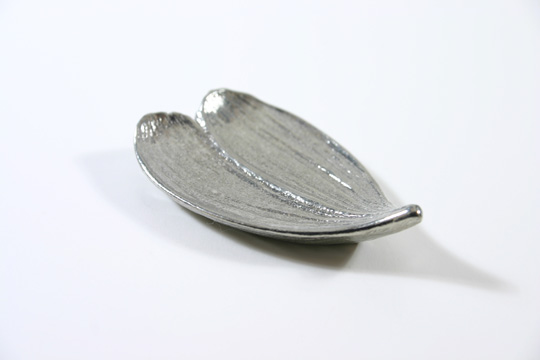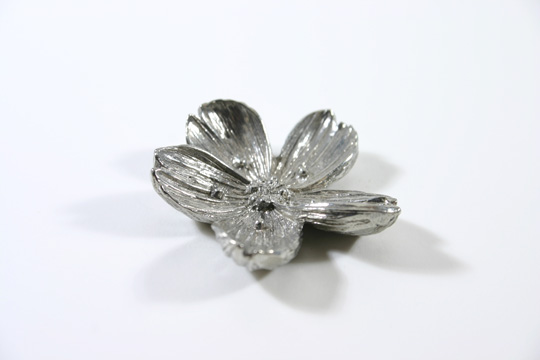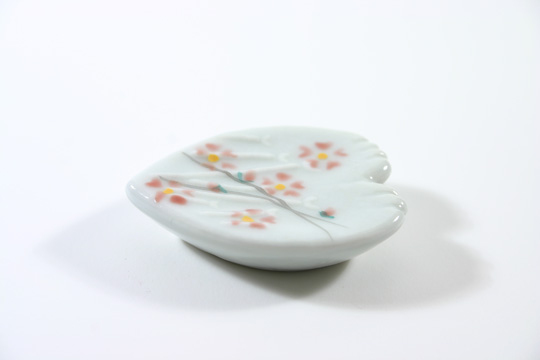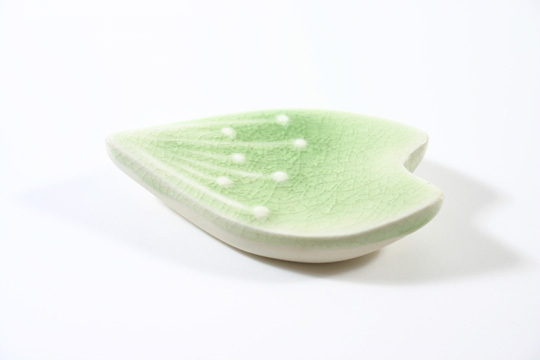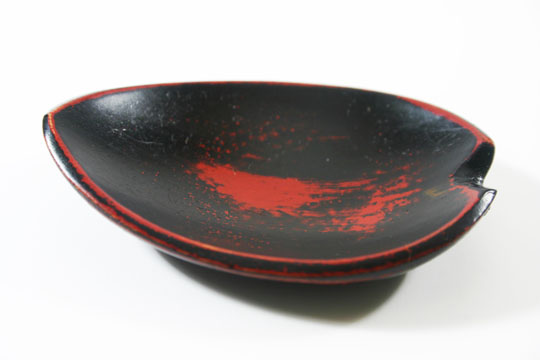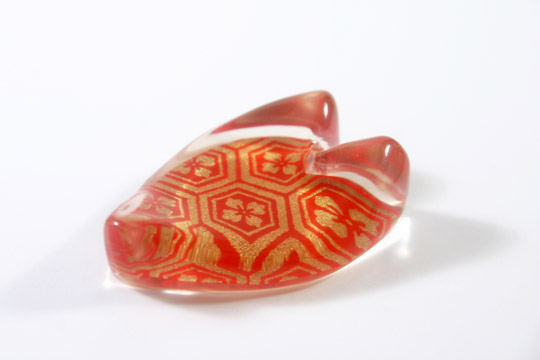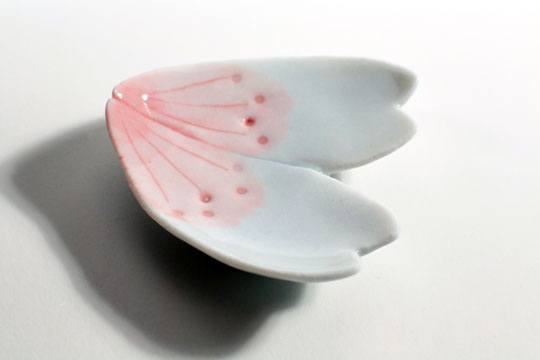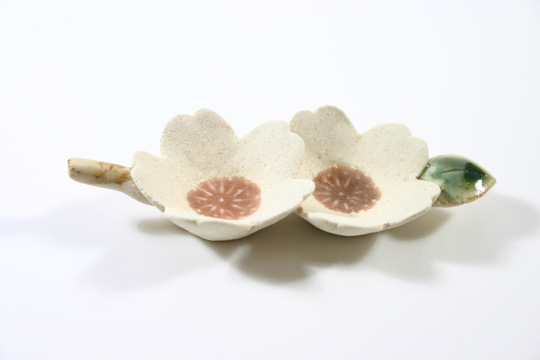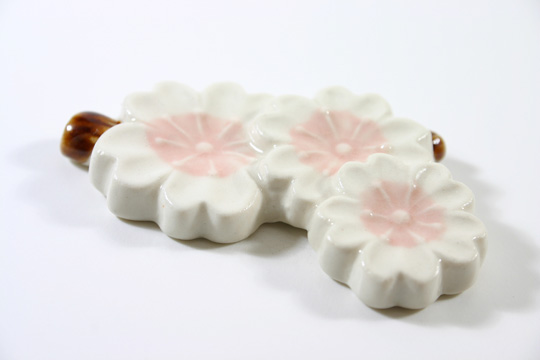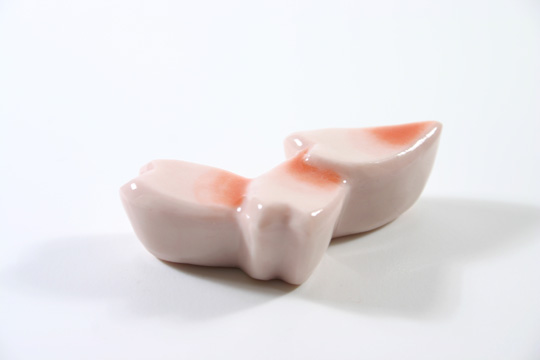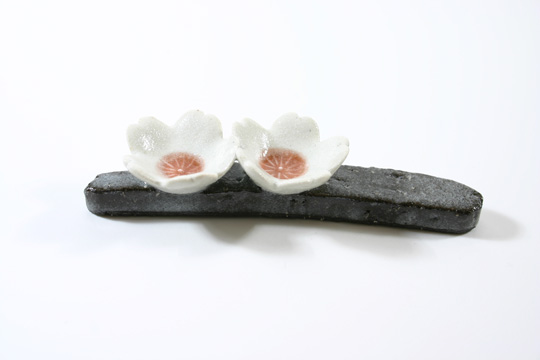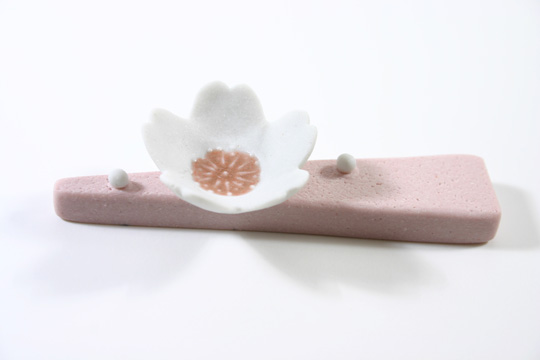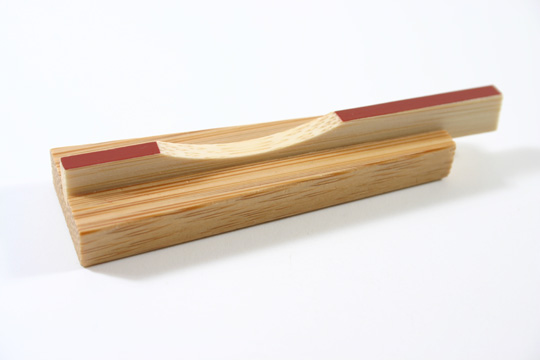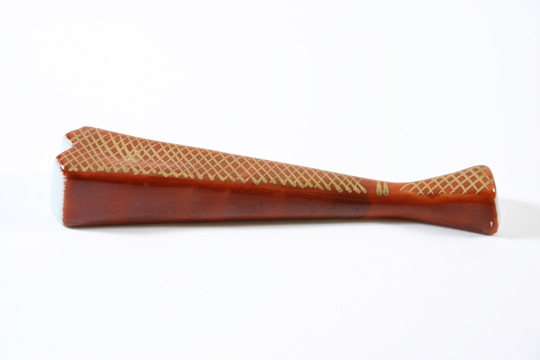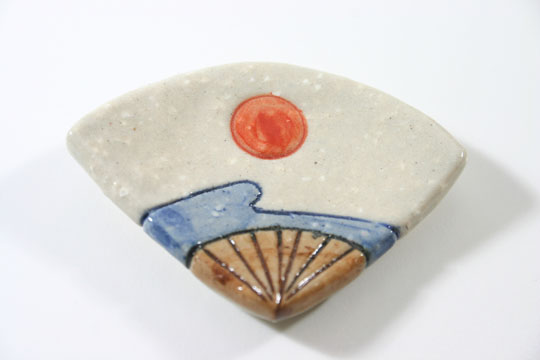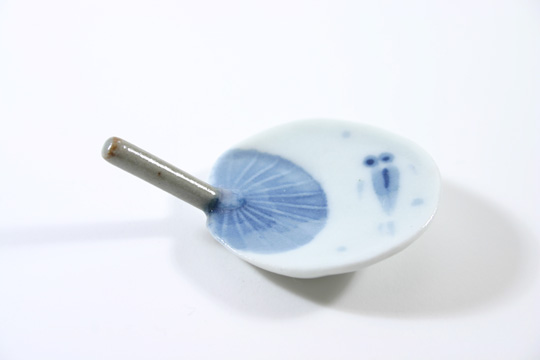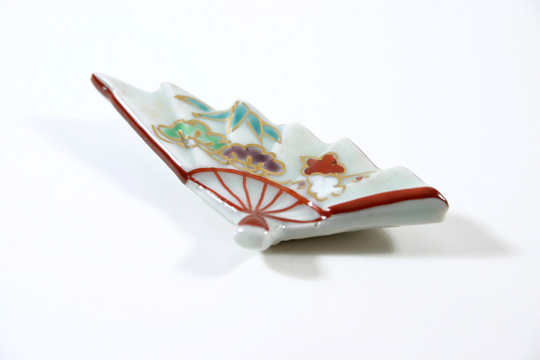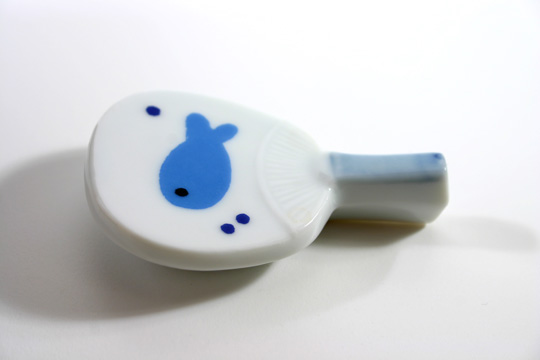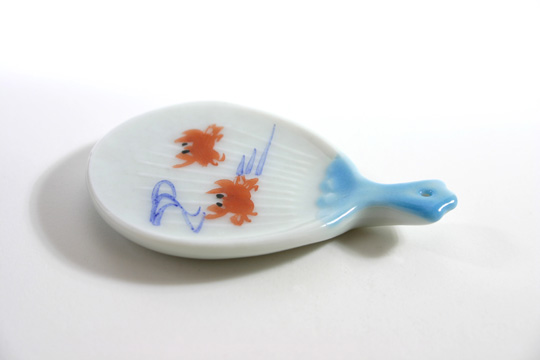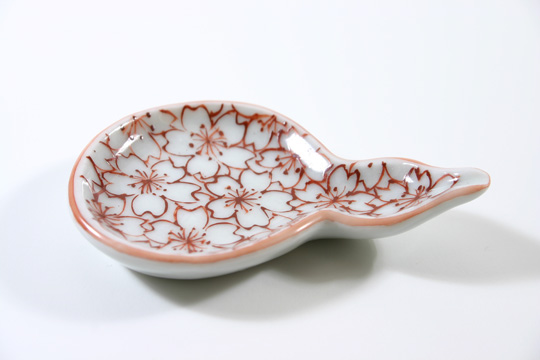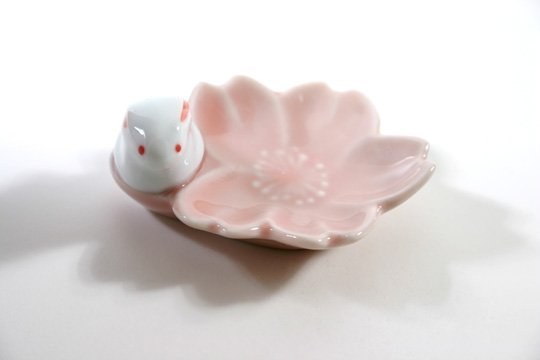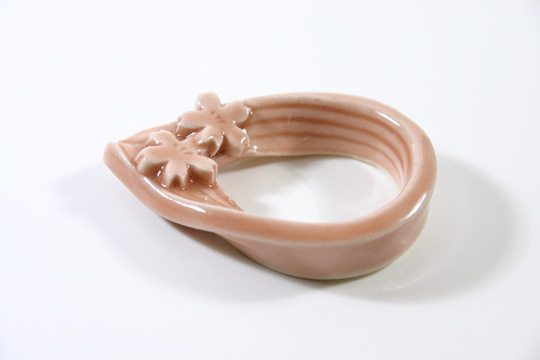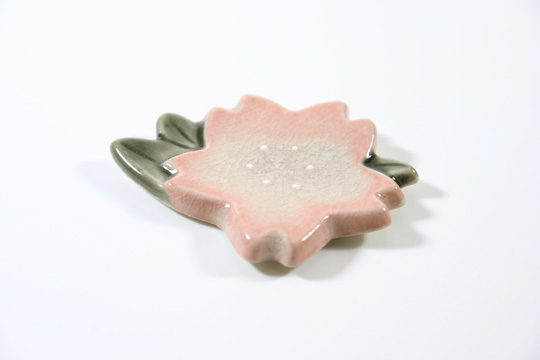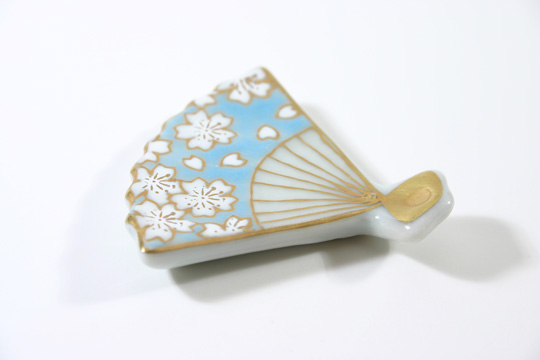
Fan, light blue with white cherry blossom flowers and gold decorations
Origin : Japan
Made of : porcelain - potery
Classification : things / fans
Maker : ?
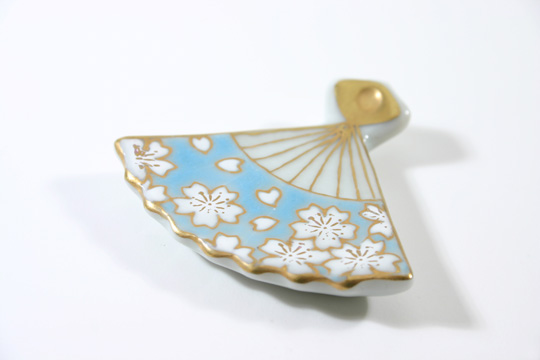
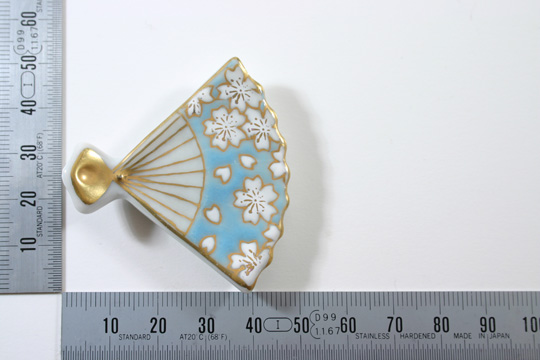
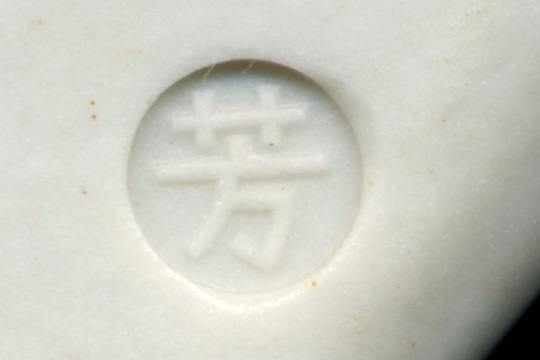
About "fans" (sensu : foldable fan / uchiwa : not foldable - 扇子) :
Hand fans were invented in China but it seems that the foldable version was a Japanese invention of the 6th or 8th century. In the 16th century, the Portuguese brought it back to Europe where it became very fashionable.
War fans were used as a sign by commanders to give orders to their troops.
During the long hot days of Summer, hand fans are still used a lot in Japan. Disposable ones baring publicity are often given free in the street or in festivals. It is a usual sight to see classes waiting for their train with all the pupils moving their fans at the same time.
Fans are also a very important accessory for geishas and performers, especially for dances.
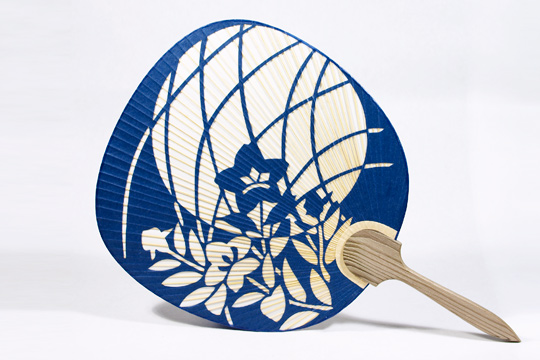
A Japanese flat fan
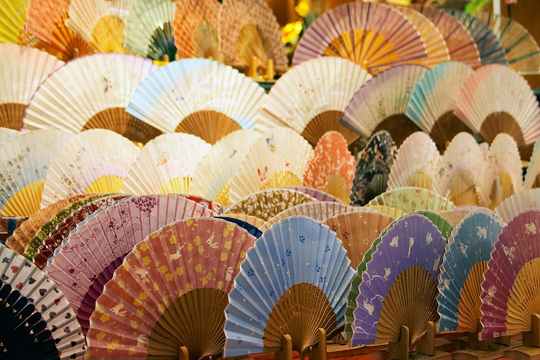
Foldable Japanese hand fans in a shop of Kyoto
About "cherry blossom - Sakura" (sakura - 桜 or 櫻) :
From the Heian Period (794 - 1185), the cherry blossom (sakura) has been revered by Japanese. The word 'Sakura' is believed to be a corruption of the word 'Sakuya' (blooming) from the name of Princess Kono-Hana-Sakuya-Hime who is enshrined on the top of the Mount Fuji.
The cherry blossom is the most important flower for the Japanese. Its brief blooming time and fragility represents the transience of life. The life of the samurai was compared to the short life of the cherry blossom as the samurai was always ready to die for his master.
The 'Sakura' is a very common motif on kimonos, lacquerware, pottery and other decorative items and is one of the favorite theme of artists.
Japanese also admire the beauty of falling petals falling like snow in the spring breeze. People organize picnics with drinks, music and songs. The jox of viewing the sakura is called 'hanami'.
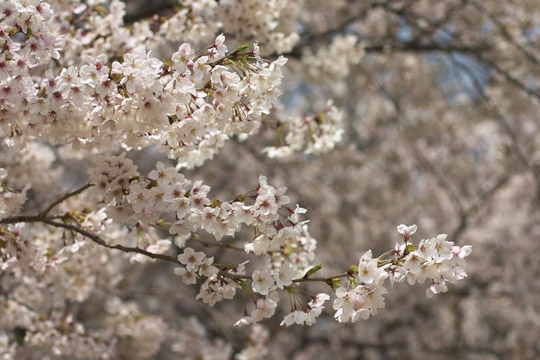
Cherry blossom in Japan

Cherry blossom in Gyoen park - Shinjuku
External links :
http://en.wikipedia.org/wiki/Cherry_blossom
http://en.wikipedia.org/wiki/Sakura_Sakura
http://www.youtube.com/watch?v=1fEsOjRRsx0&feature=player_embedded
